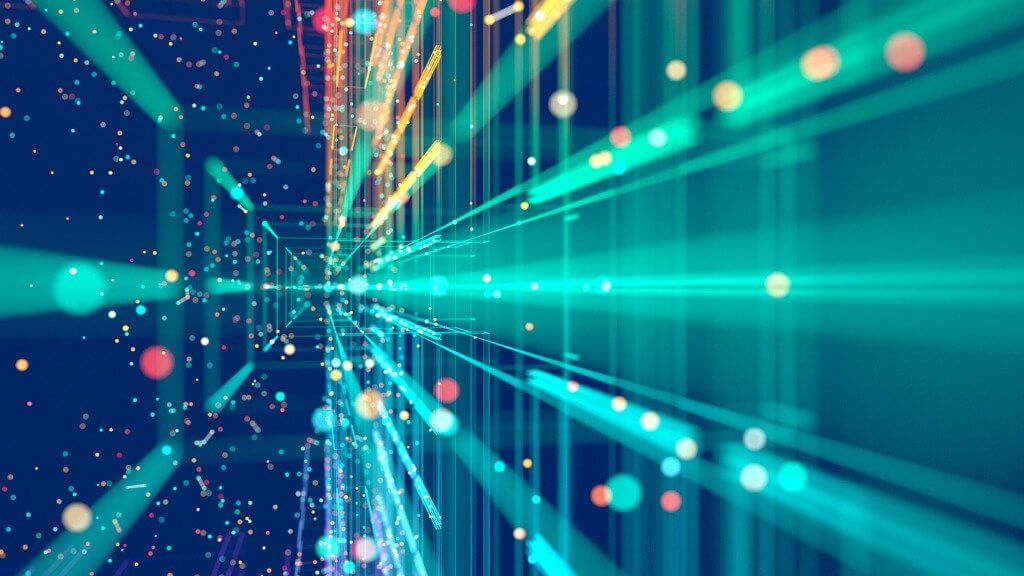
Commentators love to talk about the prospect of a fourth industrial revolution. It’s the idea that we’re moving to a world in which machines largely control production processes, not people.
The first industrialization used primarily water and steam power to provide the motive energy for production. The second added electricity to the mix, making mass production possible. The third used computers to automate certain aspects of the manufacturing process, reducing labour even further.
The fourth industrial revolution will be another paradigm shift based on the power of artificial intelligence. Manufacturers envision a world in which machines take over the role of production and make decisions by themselves. Critically, the fourth industrial revolution is not just an iteration of the third, but something completely new. Sensors and cognitive systems will bring the production system to life.
Opportunities And Challenges
The need for a fourth industrial revolution has never been clearer. As the population grows and more people enter the middle class, the world is going to require fundamentally new methods of making things. Old, inefficient and unreliable systems simply don’t qualify as acceptable in today’s world.
The fourth industrial revolution is essentially a supply side development. Companies are building out new technologies reliant on sensors that will allow the supply chain to become more efficient. The hope is that with AI, transportation costs will drop and consuming physical goods will become as cheap as downloading music or watching a film.
To make this happen, companies need to improve their industrial automation controls. As humans comprise a smaller and smaller sliver of the production process, machines are going to have to get better at regulating themselves.
Companies are also going to have to give ships the ability to essentially sail themselves. This will require satellite communication technology and onboard sensors. It’ll also require autopilot software to avoid potential obstacles and plan for various hazards.
Labour Markets
The biggest change is likely to be in the labour market itself. Historically, entrepreneurs found ways to create new jobs faster than technology destroyed them. In today’s economy, virtually everyone with a will can get work if they want it.
However, according to economists, such as David Autor, that’s a historical accident, not an iron law of economic reasoning. It is conceivable that if technology really does progress at the rate that many expect, there may be more people losing their jobs than new roles being created by business leaders.
The impact on business will likely be large as well. In many cases, the fourth industrial revolution will change the nature of companies and how they operate. It has the potential to disrupt existing business models and create new ones.
Companies will need to be innovative to thrive in this environment. They will need to develop new sales, marketing and distribution channels and give up on old ideas, such as how fast they can deliver goods or the quality consumers should expect.
In short, the fourth industrial revolution is likely to appear before 2030 and certainly by 2040. There will be many winners and losers.